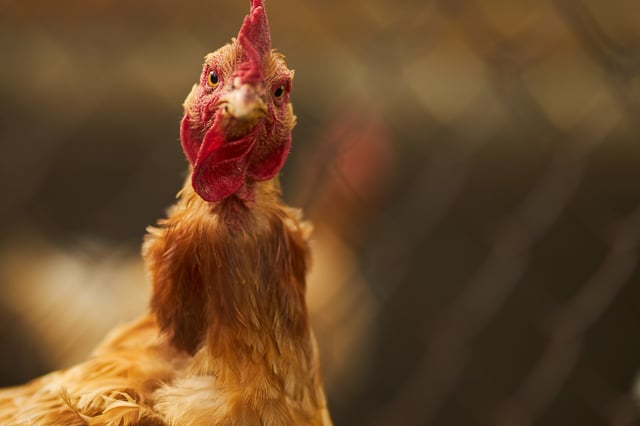By India Edwards, HealthDay News
Jan. 17, 2025

A Centers for Disease Control and Prevention advisory, issued Thursday, recommends that health care providers perform a second test for bird flu within 24 hours of hospital admission for any patient suspected of having seasonal or H5N1 avian influenza. Adobe stock/HealthDay
The U.S. Centers for Disease Control and Prevention is urging health care workers to accelerate bird flu testing for patients hospitalized with flu symptoms, as the H5N1 avian influenza outbreak continues to grow in the United States and Canada.
The advisory, issued Thursday, recommends that health care providers perform a second test for bird flu within 24 hours of hospital admission for any patient suspected of having seasonal or H5N1 avian influenza -- otherwise known as bird flu.
It also emphasizes immediately starting antiviral treatment, such as Tamiflu, without waiting for test results.
Delays in diagnosing bird flu can complicate public health investigations, delay treatment for exposed individuals and affect hospital infection control, according to a report in the The Washington Post.
Related
HHS to award $306 million for bird flu monitoring, preparedness
Patients who are not tested promptly may struggle to remember where they may have been exposed seven to 10 days before becoming sick, as well as others they may have exposed, said Dr. Nirav Shah, the CDC's principal deputy director.
"The more time that passes, the more [a patient's] memories fade," he told The Post.
Bird flu has sickened more people in the ongoing outbreak.
Earlier this month, a Louisiana man became the first U.S. resident to die from bird flu, and a Canadian girl spent two months hospitalized with severe illness. Public health officials have also confirmed an increasing number of bird flu infections in domestic cats linked to raw pet food or raw milk exposure
Who's most at risk? The CDC continues to stress that the risk of bird flu is low for the general public.
However, an updated public health risk assessment notes that certain groups face a higher risk, including: farm workers handling sick animals or by-products; owners of backyard flocks; animal care workers; veterinarians; and public health staff working on avian flu outbreaks
Seasonal flu cases remain high nationwide, making it essential to distinguish between standard influenza and avian influenza quickly.
Most hospitals lack the capability to test for bird flu on-site and must send specimens to public health labs, which can delay results.
"By the time test results come back, the patients may already be discharged and their household contacts may no longer be candidates for effective antiviral treatment," Shah explained.
As of Thursday, 67 people have been infected by bird flu, most of them dairy or poultry workers, all of whom recovered. However, the Louisiana man who died had direct contact with sick birds in his backyard flock.
The CDC recommends the following measures to curb the spread of bird flu: accelerate testing for hospitalized patients with flu symptoms; avoid direct contact with sick or dead wild birds, poultry and other animals; ensure healthcare workers use protective equipment when treating suspected bird flu cases; and send specimens for H5N1 testing to public health labs immediately.
More information
The U.S. Centers for Disease Control and Prevention provides guidance on bird flu prevention.
Copyright © 2025 HealthDay. All rights reserved.



















